Latest: Coronavirus in Spain figures (28 Apr)
Changes to restrictions
From this Monday 26 April, restaurants, bars and shops can stay open until 10pm across the Valencia region, although capacities remain unchanged (terraces of bars and restaurants can be up to 100% capacity, but inside must be at a maximum of 30%). The nighttime curfew also remains in place, commencing at 10pm until 6am. So unless you live next door to the bar, restaurant or shop that you decide to visit, you’ll need leave to go home a bit before.
The other significant change is to cultural activities, where capacity will increase from 50% to 75% – and in ceremonies and celebrations it will increase from 30% to 50%.
The changes, announced on Thursday afternoon following the interdepartmental meeting of the Valencia government, will come into effect on Monday 26 April and will last until 9 May – which is the date when Spain’s State of Alarm comes to an end.
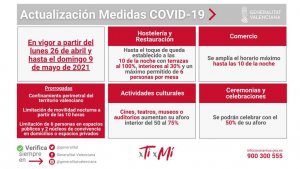
Mass outbreak of Covid-19 at university residence
Coronavirus infection rates in Valencia have seen a marked increase this week, following an outbreak of 100 cases at Valencia’s Ausias March student hall of residence. Students and staff were quarantined on Wednesday for 10 days by order of the regional health minister, Ana Barceló, after 12 cases of Coronavirus were initially detected. Mass testing was carried out and the numbers had risen to 100 by Saturday, 89 of those were students with other cases among personnel and families.
The health department said the decision to quarantine the residence was taken due to the ‘risk it poses of spreading [the virus] among university students and the low incidence rate seen at the moment in the city of Valencia.’ Nobody will be allowed to leave the residence except for strictly necessary health reasons and likewise visitors will not be admitted.
On Saturday Valencia president Ximo Puig referred to the residence, saying that it was an ‘illustrative example’ that the relaxation of restrictions must be carried out with ‘maximum prudence’. ‘Look what has happened in Ausias March,’ he said. ‘If we’re not prudent there are consequences. The pandemic is still absolutely active, the virus is out there, everywhere.’
The same residence was quarantined at the end of October last year and mass testing revealed 78 cases of Covid-19.
The residence issued a statement on Wednesday saying that there had been no illegal parties, and they believed the most likely cause had been the Easter holidays.
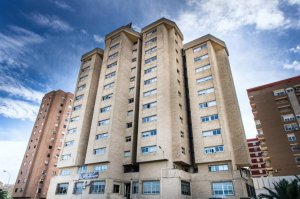
Coronavirus figures
Valencia continues to be the region with the lowest infection rates in all of Spain – with just 40 cases per 100,000 inhabitants over 14 days. This week there have been 1,236 new cases of Coronavirus reported, compared to 1,115 last week. There have been 986 all-clears, compared to last week’s 975, and there have been 40 deaths, compared to 35 last week. There have been 55 new outbreaks, compared to last week’s 54, of which eight were work-related, five related to education, but as always, the large majority, 42, were related to socialising.
As of Friday, there were 268 people in Valencia’s hospitals with Covid-19, substantially fewer than last week’s 326, while the number of people needing intensive care treatment remains unchanged at 63.
Vaccination bus
The programme of mass vaccination got under way this week, with the opening of four large-scale vaccination centres across the region. Some residents, who were taken to Valencia’s so-called ‘Vaccunodrome’ at the Ciudad de Las Artes y Las Ciencias, didn’t even have to get off their bus. Healthcare professionals went on board with the jabs and vaccinated the residents from the towns of Alfafar, Benitússer, Sedaví and Llocnou de la Corona, in their seats. The newly vaccinated passengers were then taken back to their towns and villages.
▶️ Així ha sigut la vacunació dins de l'autobús dels veïns d'#Alfafar, #Benetússer, #Sedaví i #Llocnou de la Corona desplaçats fins a @CACiencies pic.twitter.com/1iux1qToLu
— GVA Sanitat (@GVAsanitat) April 22, 2021
On Monday afternoon the regional president Ximo Puig also received his first jab of the AstraZeneca vaccine, also at the Ciudad de Las Artes y Las Ciencias. Puig, who was born on 4 January 1959, is 62 years old and falls into the current age category that is being called for that vaccine. He thanked the staff who had given him the jab and encouraged others to get vaccinated.
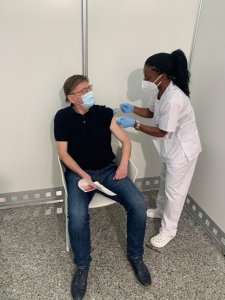
Janssen single-dose vaccine arrives
Next week the health department aims to administer almost 250,000 doses of the four vaccines now available. The vaccination programme received a further boost on Thursday with the arrival of 14,600 doses of the new Janssen vaccine, following Tuesday’s conclusions by the European Medicines Agency (EMA) that its benefits outweighed any possible blood clot risks.
The Janssen vaccine, which is produced by the pharmaceutical company Johnson & Johnson, only requires a single jab and is also easier to store. During the coming week the health department plans to use the almost 15,000 doses for those aged 70-79, born between 1941 and 1948, especially in remote and rural areas.
The majority of the 170,000 Pfizer doses will be second jabs for dependents and over 70s, while 60,000 will be first doses for over 70s.
Some 9,000 doses of the Moderna vaccine will be administered, with the majority being first jabs for high-risk categories. Around 55,000 doses of the AstraZenca vaccine will be given to those aged 60 to 65 (born between 1956 and 1961). ALSO READ: Covid-19 Vaccinations in Spain
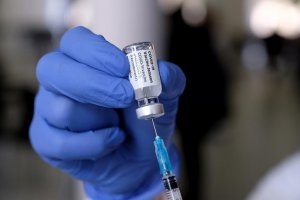
Click here for all reports on Coronavirus in Spain and for specific reports related to Covid-19 Vaccinations
Click here for all our reports from the Valencia Region
Sign up for the FREE Weekly Newsletter from Spain in English.
Please support Spain in English with a donation.
Click here to get your business activity or services listed on our DIRECTORY.
Click here for further details on how to ADVERTISE with us.


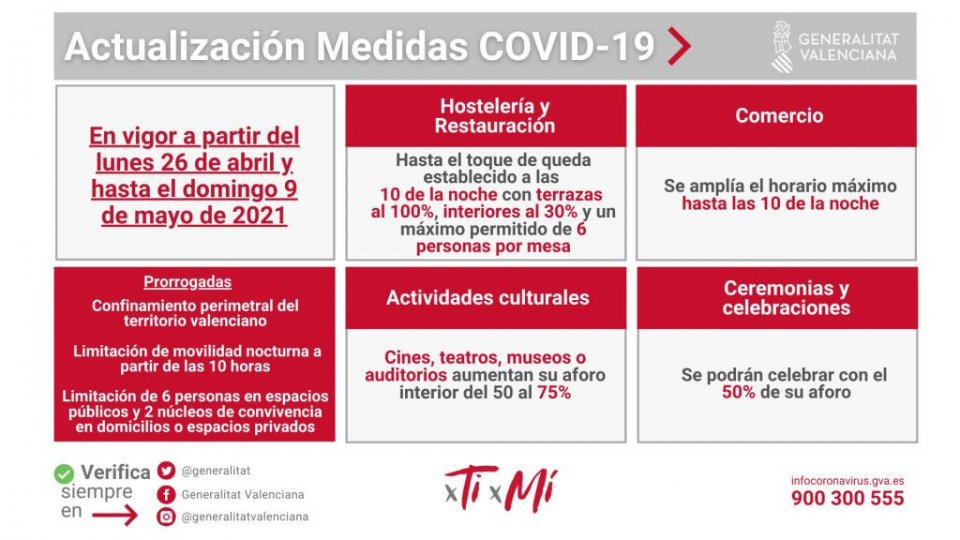

3 comments
When are they doing ages from 65-69,notice that they are doing 60-65,surely they should be doing 60-69,await your answer.
I am starting to hate the “They are doing 60 to 65” when they mean people born in 1961 to 1956.
Me, born in 1955 and “65”, so I am the wrong type of 65 it appears.
Waiting, Waiting, Waiting, Waiting!
Hello Matthew and Peter,
The health department have just today announced that next week they’ll start calling those aged 69-66 (both included) or put another way those born 1952-1955 (both included). They estimate it will take a few weeks and haven’t said which vaccine is to be used.
As long as you’re registered with a doctor you should receive an SMS. If they don’t have your mobile they’ll call your land-line. To check your contact details click here http://coronavirus.san.gva.es/es/web/vacunacion/datos-contacto
I hope this helps.